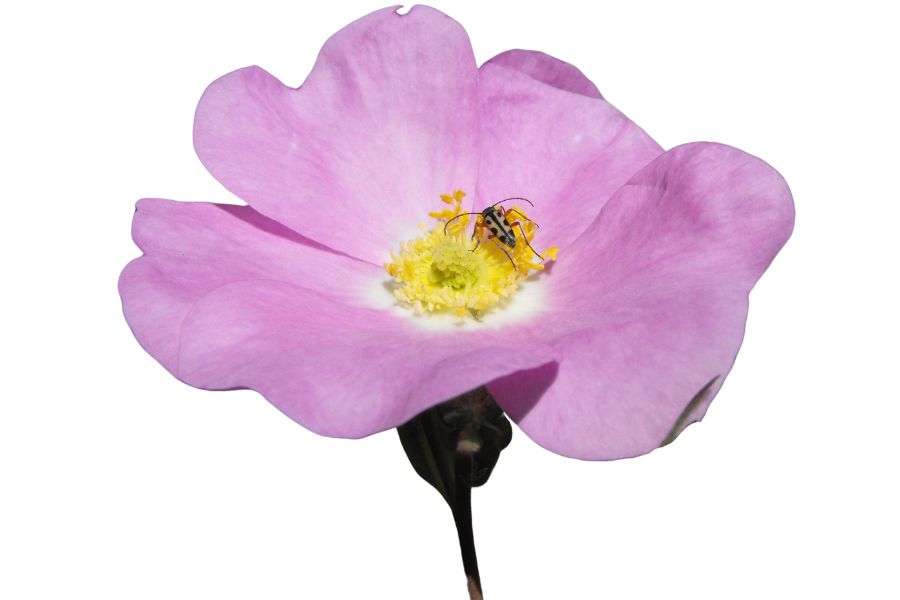Across California, valuable forageables thrive in places both familiar and remote.
Porcini mushrooms sprout near pine forests after the rains, while miner’s lettuce flourishes in open meadows and shady glades. Serviceberries, often overlooked, ripen into juicy sweetness that’s perfect for fresh eating or preserves.
These plants barely scratch the surface of the state’s edible offerings.
Every turn on a trail could reveal something delicious and valuable if you know what to watch for. California’s native plants offer a variety far beyond just a handful of berries and greens. With the right knowledge, foraging here can lead to an impressive spread of wild edible ingredients.
If you want to pair your search with rockhounding, the only extra tool worth carrying is Rock Chasing’s California Rocks & Minerals Identification Field Guide. It makes it easy to recognize what you pick up so you never miss something remarkable simply because it did not look familiar at first glance.
What We Cover In This Article:
- What Makes Foreageables Valuable
- Foraging Mistakes That Cost You Big Bucks
- The Most Valuable Forageables in the State
- Where to Find Valuable Forageables in the State
- When to Forage for Maximum Value
- The extensive local experience and understanding of our team
- Input from multiple local foragers and foraging groups
- The accessibility of the various locations
- Safety and potential hazards when collecting
- Private and public locations
- A desire to include locations for both experienced foragers and those who are just starting out
Using these weights we think we’ve put together the best list out there for just about any forager to be successful!
A Quick Reminder
Before we get into the specifics about where and how to find these plants and mushrooms, we want to be clear that before ingesting any wild plant or mushroom, it should be identified with 100% certainty as edible by someone qualified and experienced in mushroom and plant identification, such as a professional mycologist or an expert forager. Misidentification can lead to serious illness or death.
All plants and mushrooms have the potential to cause severe adverse reactions in certain individuals, even death. If you are consuming wild foragables, it is crucial to cook them thoroughly and properly and only eat a small portion to test for personal tolerance. Some people may have allergies or sensitivities to specific mushrooms and plants, even if they are considered safe for others.
The information provided in this article is for general informational and educational purposes only. Foraging involves inherent risks.
What Makes Foreageables Valuable
Some wild plants, mushrooms, and natural ingredients can be surprisingly valuable. Whether you’re selling them or using them at home, their worth often comes down to a few key things:
The Scarcer the Plant, the Higher the Demand
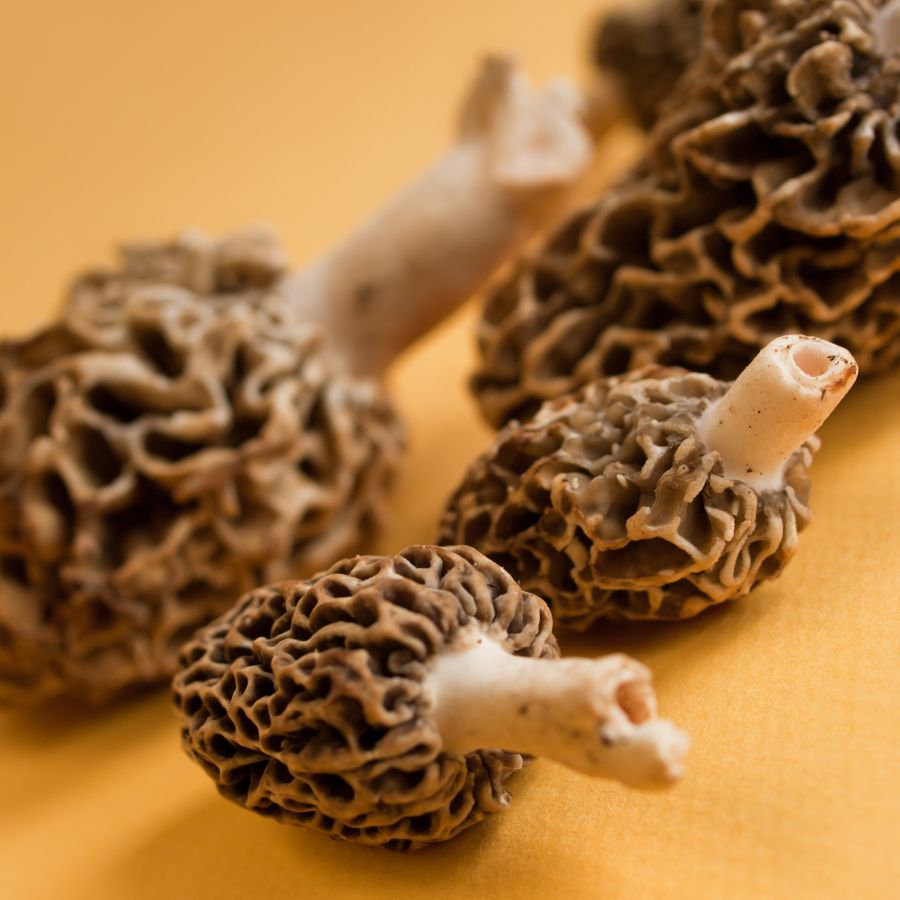
Some valuable forageables only show up for a short time each year, grow in hard-to-reach areas, or are very difficult to cultivate. That kind of rarity makes them harder to find and more expensive to buy.
Morels, truffles, and ramps are all good examples of this. They’re popular, but limited access and short growing seasons mean people are often willing to pay more.
A good seasonal foods guide can help you keep track of when high-value items appear.
Most people don’t realize how many incredible rocks California hides in its mountains, deserts, and beaches. This guide shows exactly what you’ve been walking past.
🌈 300+ color photos of real California specimens
🪨 Raw + polished examples make identification simple
🏜️ Covers coastlines, gold country, Sierras & more
💦 Waterproof pages built for real outdoor use
High-End Dishes Boost the Value of Ingredients
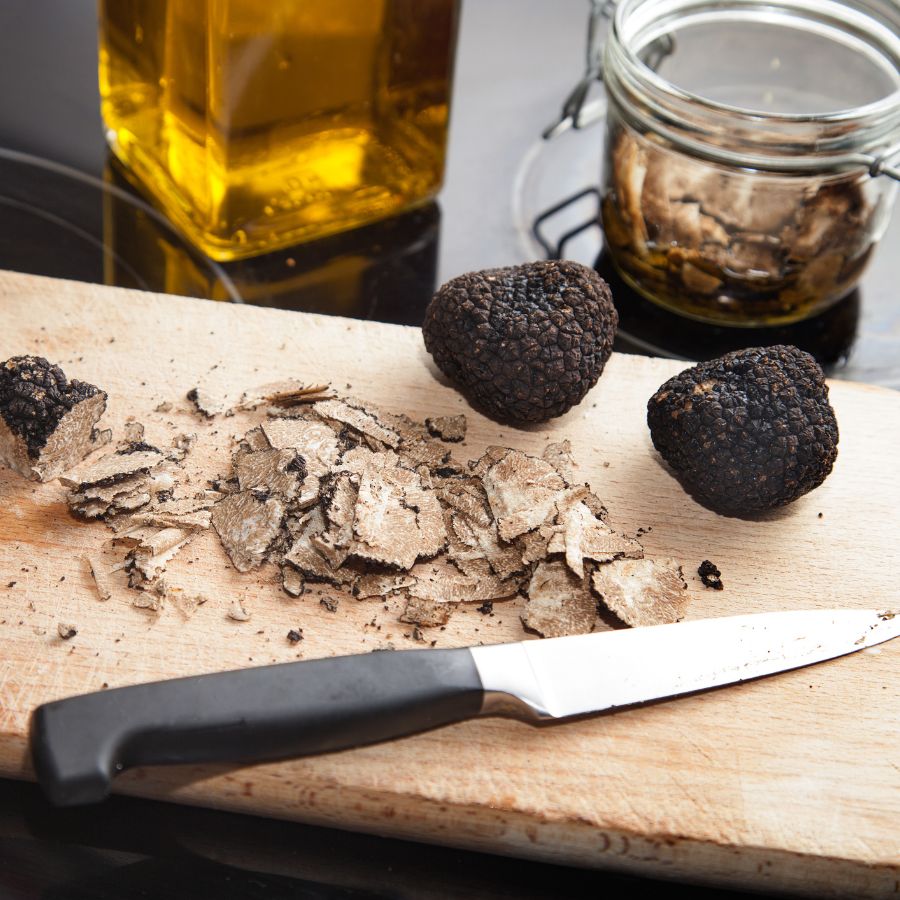
Wild ingredients that are hard to find in stores often catch the attention of chefs and home cooks. When something unique adds flavor or flair to a dish, it quickly becomes more valuable.
Truffles, wild leeks, and edible flowers are prized for how they taste and look on a plate. As more people try to include them in special meals, the demand—and the price—tends to rise.
You’ll find many of these among easy-to-identify wild mushrooms or herbs featured in fine dining.
Medicinal and Practical Uses Drive Forageable Prices Up
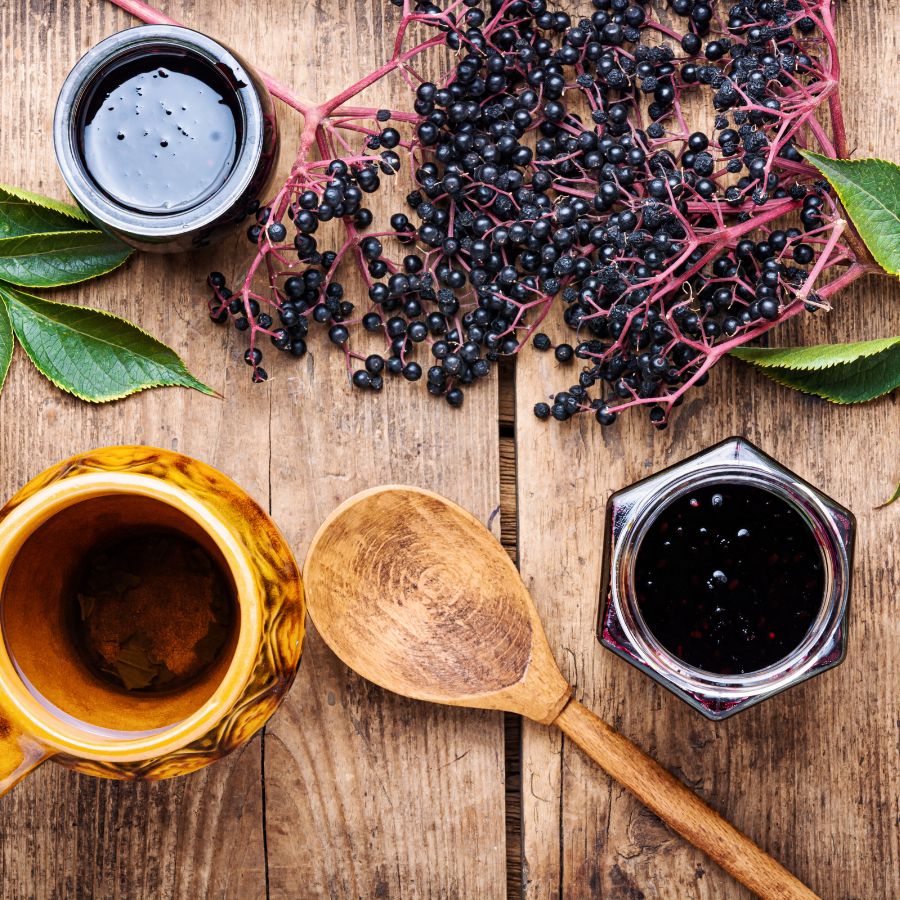
Plants like ginseng, goldenseal, and elderberries are often used in teas, tinctures, and home remedies. Their value comes from how they support wellness and are used repeatedly over time.
These plants are not just ingredients for cooking. Because people turn to them for ongoing use, the demand stays steady and the price stays high.
The More Work It Takes to Harvest, the More It’s Worth
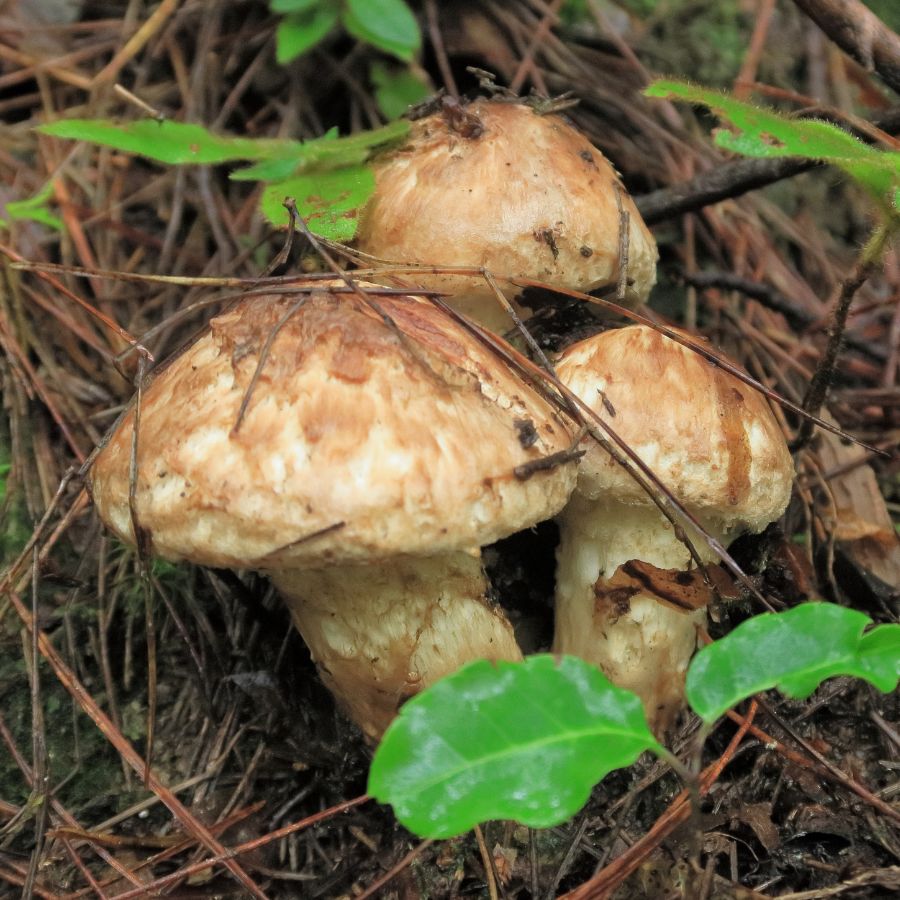
Forageables that are hard to reach or tricky to harvest often end up being more valuable. Some grow in dense forests, need careful digging, or have to be cleaned and prepared before use.
Matsutake mushrooms are a good example, because they grow in specific forest conditions and are hard to spot under layers of leaf litter. Wild ginger and black walnuts, meanwhile, both require extra steps for cleaning and preparation before they can be used or sold.
All of that takes time, effort, and experience. When something takes real work to gather safely, buyers are usually willing to pay more for it.
Foods That Keep Well Are More Valuable to Buyers
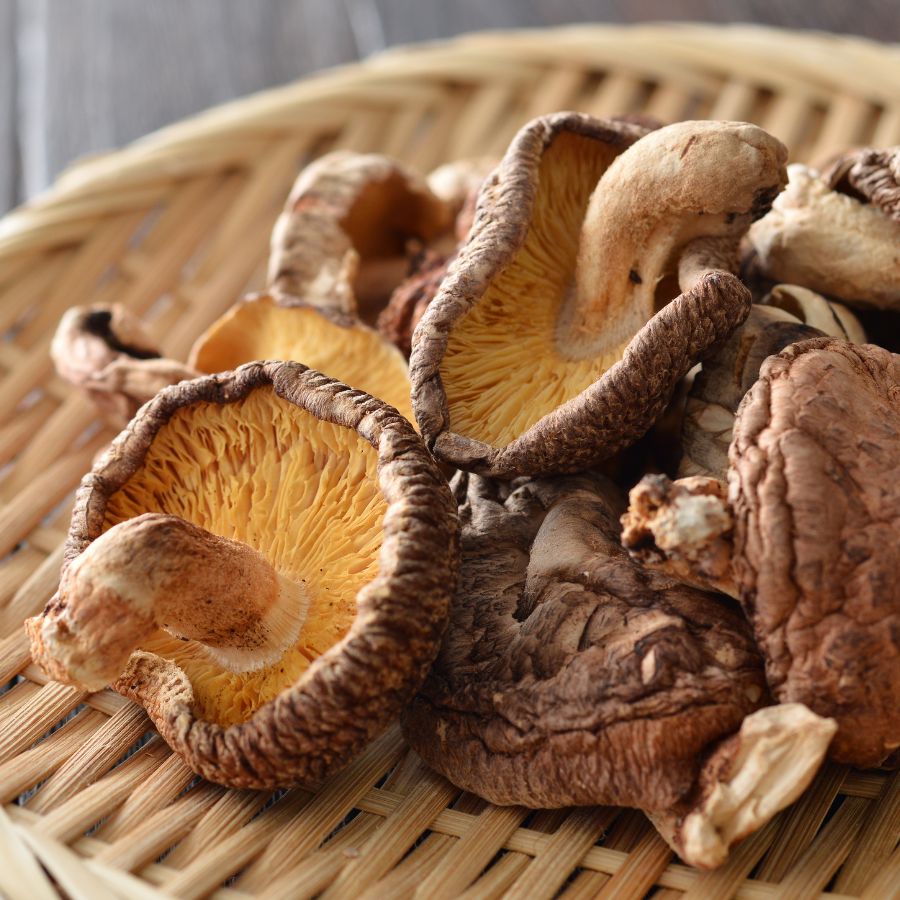
Some forageables, like dried morels or elderberries, can be stored for months without losing their value. These longer-lasting items are easier to sell and often bring in more money over time.
Others, like wild greens or edible flowers, have a short shelf life and need to be used quickly. Many easy-to-identify wild greens and herbs are best when fresh, but can be dried or preserved to extend their usefulness.
Foraging Mistakes That Cost You Big Bucks
When you’re foraging for high-value plants, mushrooms, or other wild ingredients, every decision matters. Whether you’re selling at a farmers market or stocking your own pantry, simple mistakes can make your harvest less valuable or even completely worthless.
Harvesting at the Wrong Time
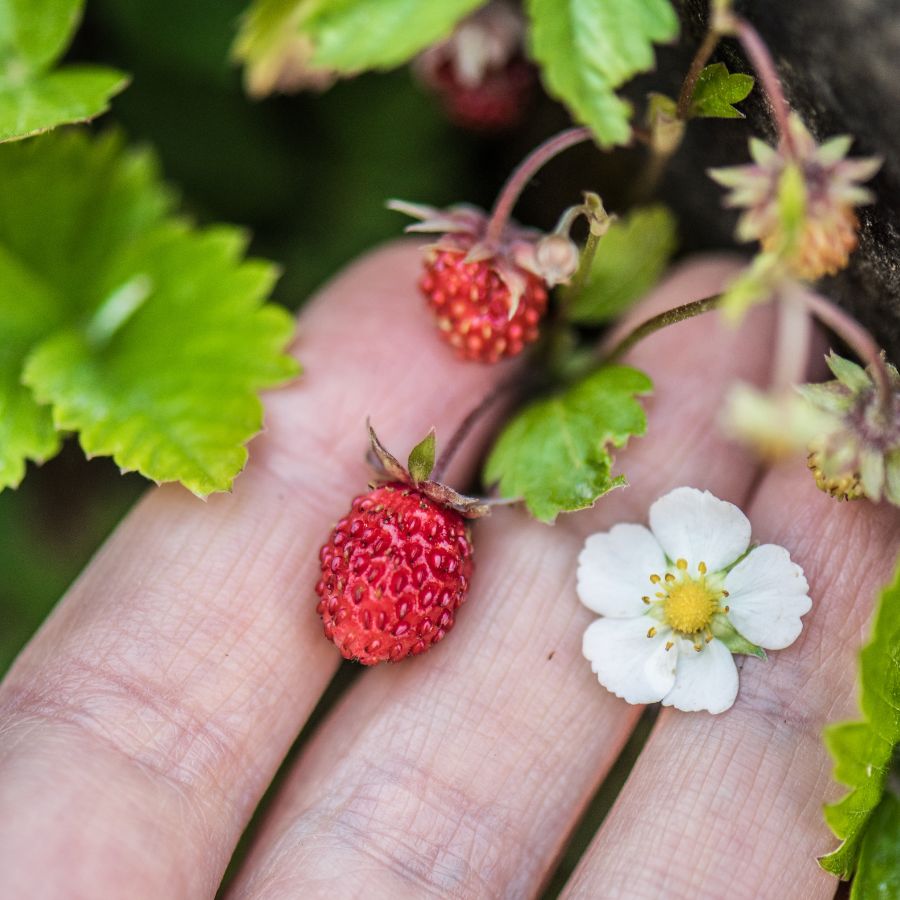
Harvesting at the wrong time can turn a valuable find into something no one wants. Plants and mushrooms have a short window when they’re at their best, and missing it means losing quality.
Morels, for example, shrink and dry out quickly once they mature, which lowers their weight and price. Overripe berries bruise in the basket and spoil fast, making them hard to store or sell.
Improper Handling After Harvest
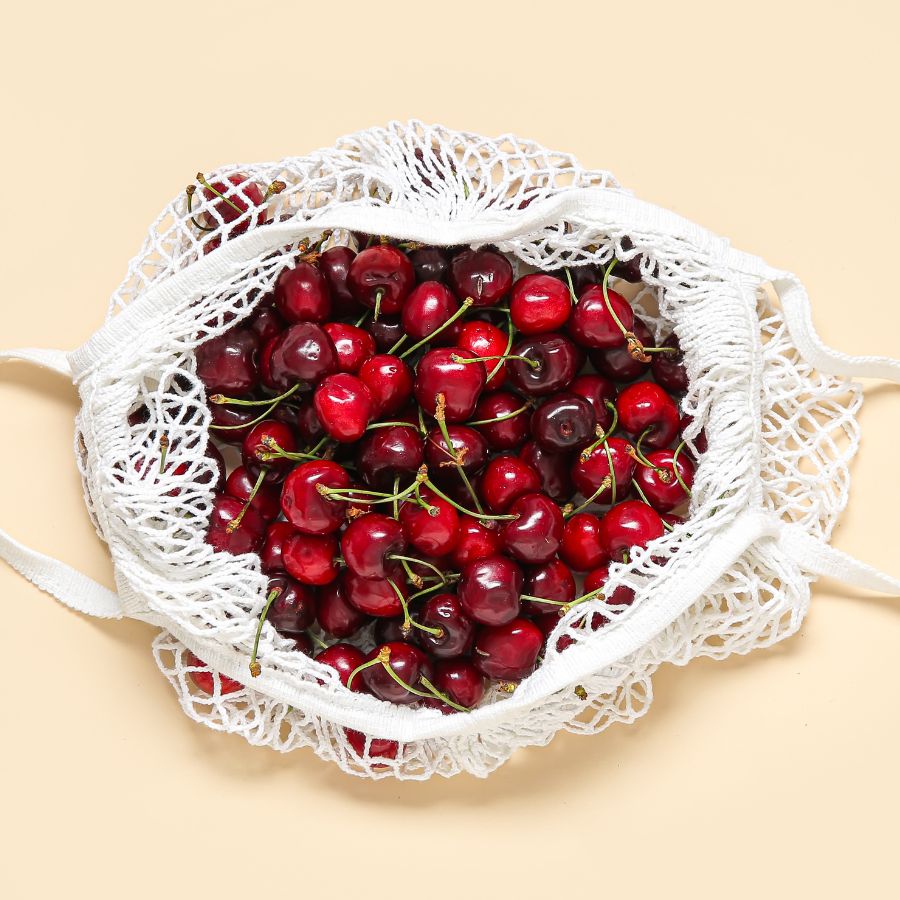
Rough handling can ruin even the most valuable forageables. Crushed mushrooms, wilted greens, and dirty roots lose both their appeal and their price.
Use baskets or mesh bags to keep things from getting smashed and let air circulate. Keeping everything cool and clean helps your harvest stay fresh and look better for longer.
This is especially important for delicate items like wild roots and tubers that need to stay clean and intact.
Skipping Processing Steps
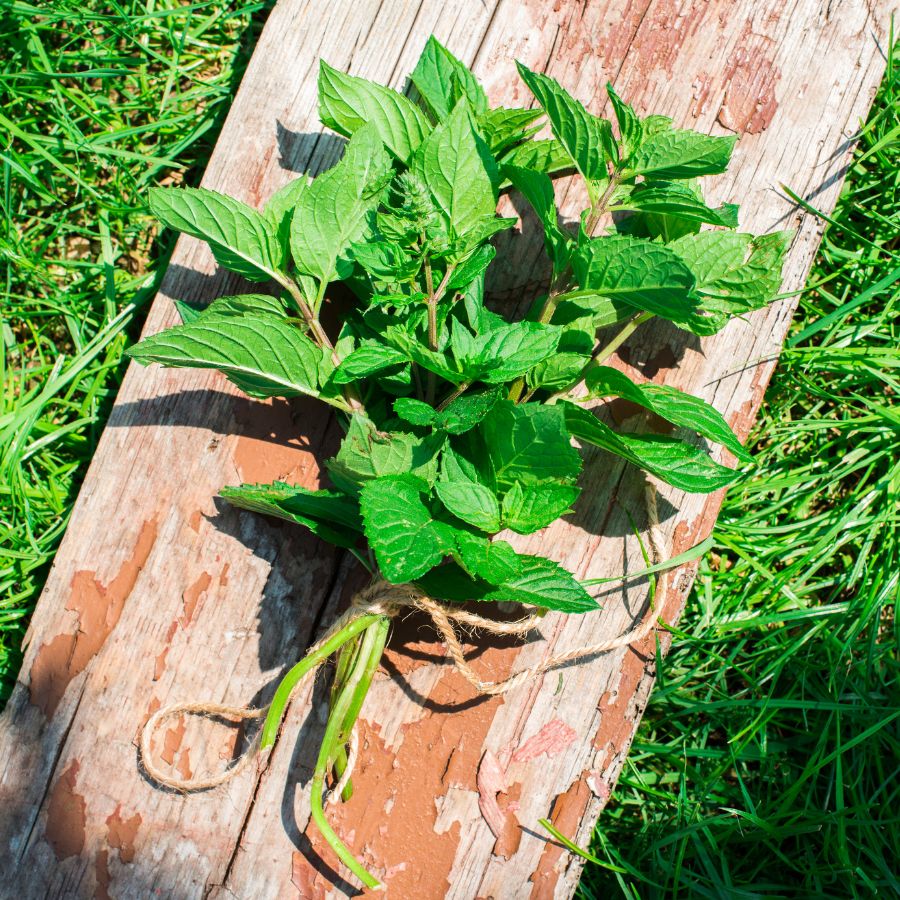
Skipping basic processing steps can cost you money. A raw harvest may look messy, spoil faster, or be harder to use.
For example, chaga is much more valuable when dried and cut properly. Herbs like wild mint or nettle often sell better when bundled neatly or partially dried. If you skip these steps, you may end up with something that looks unappealing or spoils quickly.
Collecting from the Wrong Area
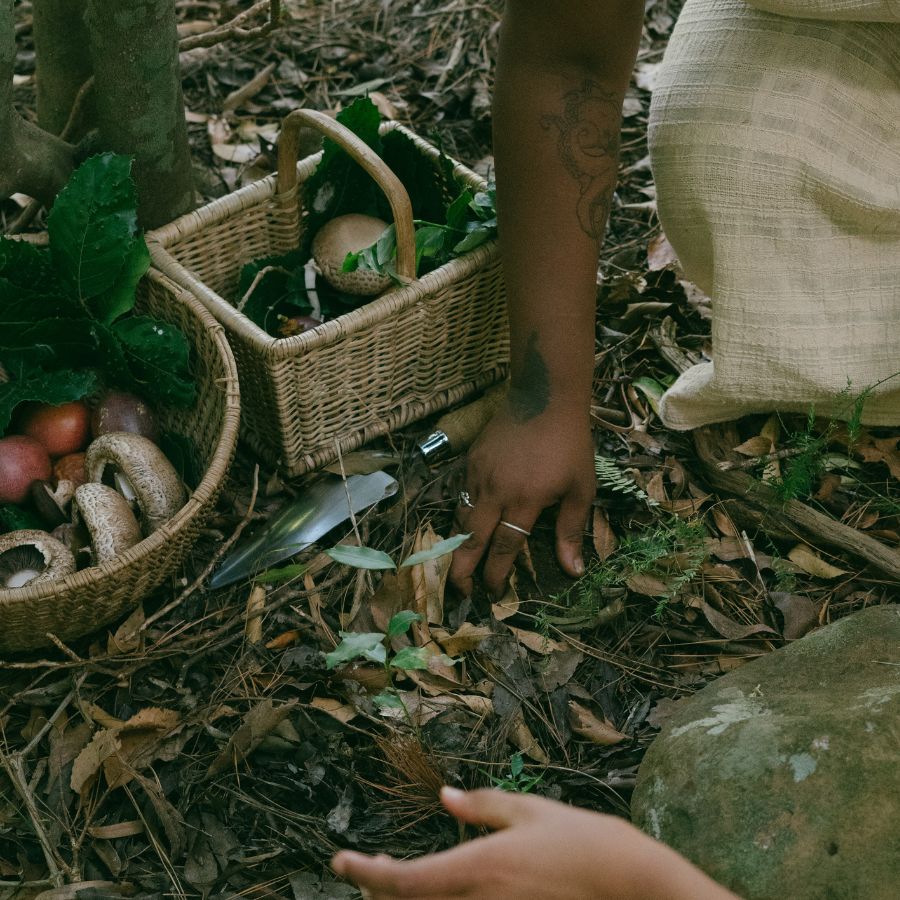
Harvesting in the wrong place can ruin a good find. Plants and mushrooms pulled from roadsides or polluted ground may be unsafe, no matter how fresh they look.
Buyers want to know their food comes from clean, responsible sources. If a spot is known for overharvesting or damage, it can make the whole batch less appealing.
These suburbia foraging tips can help you find overlooked spots that are surprisingly safe and productive.
Not Knowing the Market
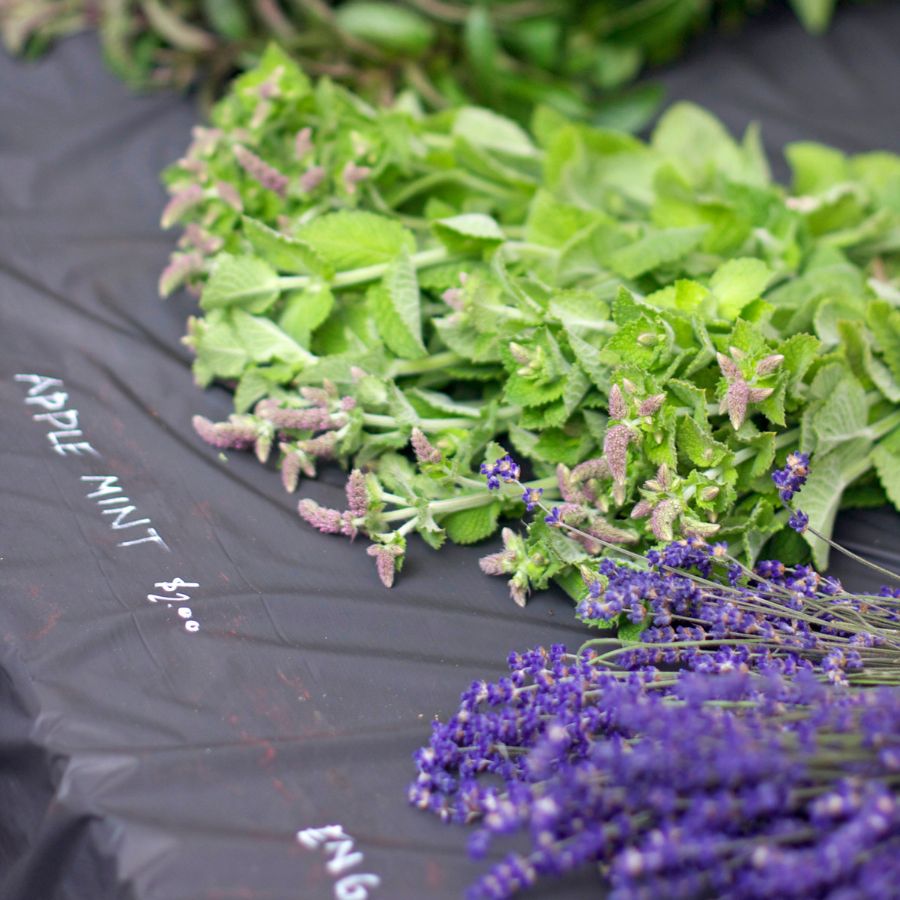
A rare plant isn’t valuable if nobody wants to buy it. If you gather in-demand species like wild ramps or black trumpets, you’re more likely to make a profit. Pay attention to what chefs, herbalists, or vendors are actually looking for.
Foraging with no plan leads to wasted effort and unsold stock. Keeping up with demand helps you bring home a profit instead of a pile of leftovers.
You can also brush up on foraging for survival strategies to identify the most versatile and useful wild foods.
Before you head out
Before embarking on any foraging activities, it is essential to understand and follow local laws and guidelines. Always confirm that you have permission to access any land and obtain permission from landowners if you are foraging on private property. Trespassing or foraging without permission is illegal and disrespectful.
For public lands, familiarize yourself with the foraging regulations, as some areas may restrict or prohibit the collection of mushrooms or other wild foods. These regulations and laws are frequently changing so always verify them before heading out to hunt. What we have listed below may be out of date and inaccurate as a result.
The Most Valuable Forageables in the State
Some of the most sought-after wild plants and fungi here can be surprisingly valuable. Whether you’re foraging for profit or personal use, these are the ones worth paying attention to:
Morel Mushroom (Morchella spp.)
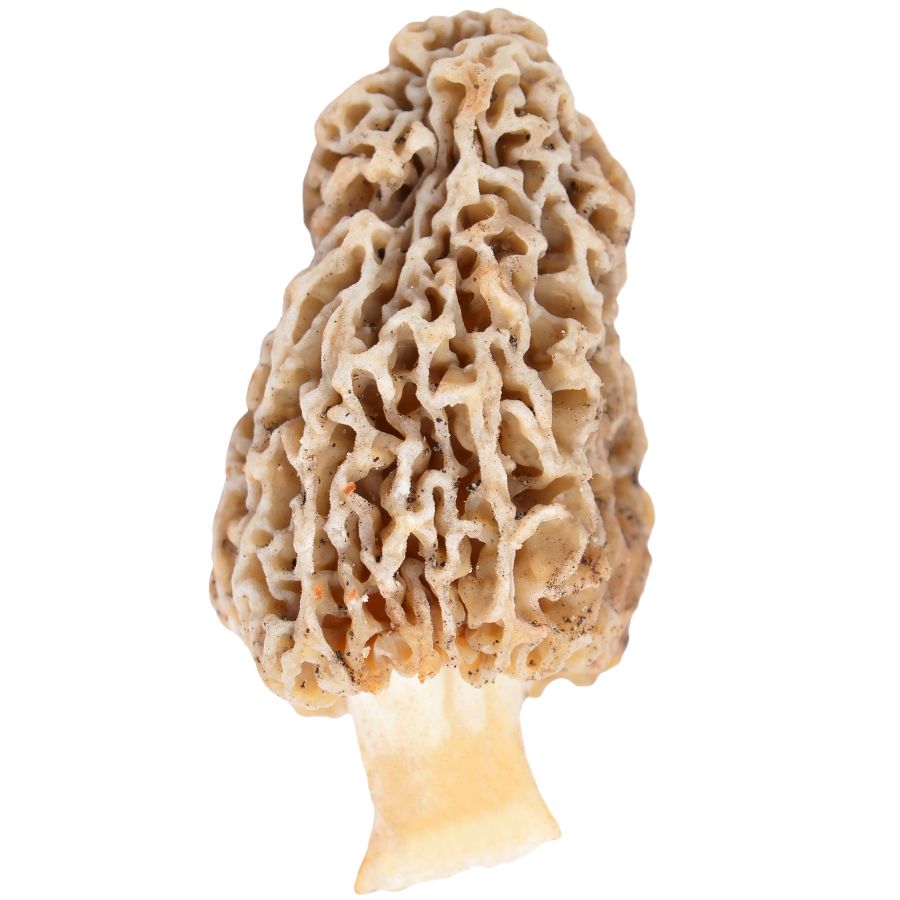
Morel mushrooms have a honeycomb-like surface with deep pits and ridges. The cap is fully attached to the stem, which helps set them apart from dangerous lookalikes like false morels that often have wrinkled, lobed caps and loose or cottony interiors.
The rich, nutty flavor and slightly chewy texture make morels a favorite in high-end kitchens. Many people sauté them in butter, stuff them, or dry them for later use because they hold their flavor extremely well.
Always cook morels thoroughly because raw ones can cause stomach upset, even when they look perfectly normal.
Morels are highly prized by chefs and home cooks, sometimes selling for over $50 per pound fresh and even more when dried.
Part of what makes morels so valuable is how hard they are to cultivate and find. They often grow in specific, unpredictable places, and their short harvesting window drives up both the demand and the price.
Black Trumpet (Craterellus cornucopioides)
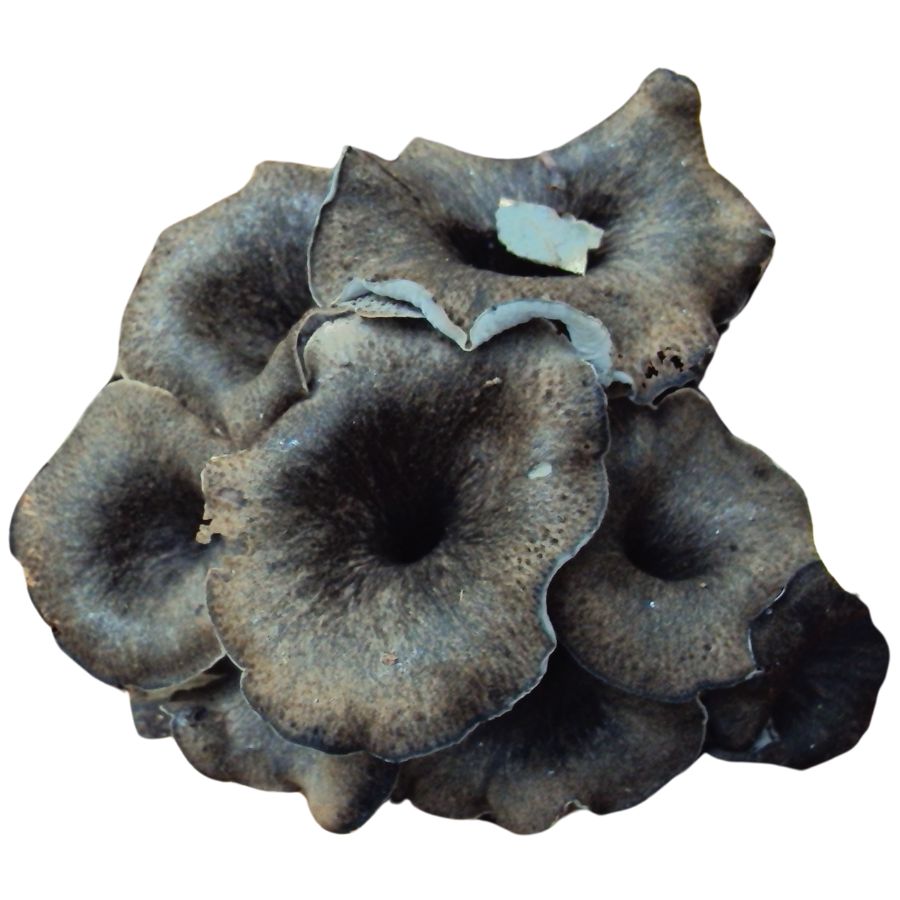
Known as black trumpets, horn of plenty, and trumpet of the dead, these mushrooms stand out with their thin, funnel-shaped bodies and deep gray to black coloring. They have a hollow center that stretches from the base to the edges, with edges that often appear wavy or ruffled compared to smoother fungi.
The rich, smoky flavor of black trumpets makes them a prized ingredient in kitchens, especially for pastas, sauces, and creamy dishes. Their texture stays tender even after drying and rehydrating, which is why they are often sold dried for long-term use.
There are no known toxic lookalikes that closely mimic the hollow, smooth structure of true black trumpets, but it is still important to inspect carefully before harvesting. Always slice one open to check for the consistent hollow core that sets black trumpets apart.
Because black trumpets are scarce, tricky to spot, and hold up well when dried, they can sell for a high price both fresh and preserved. Their popularity among chefs and foragers keeps demand steady, which means you can sometimes find them priced at over $50 per pound when dried.
Matsutake (Tricholoma matsutake)
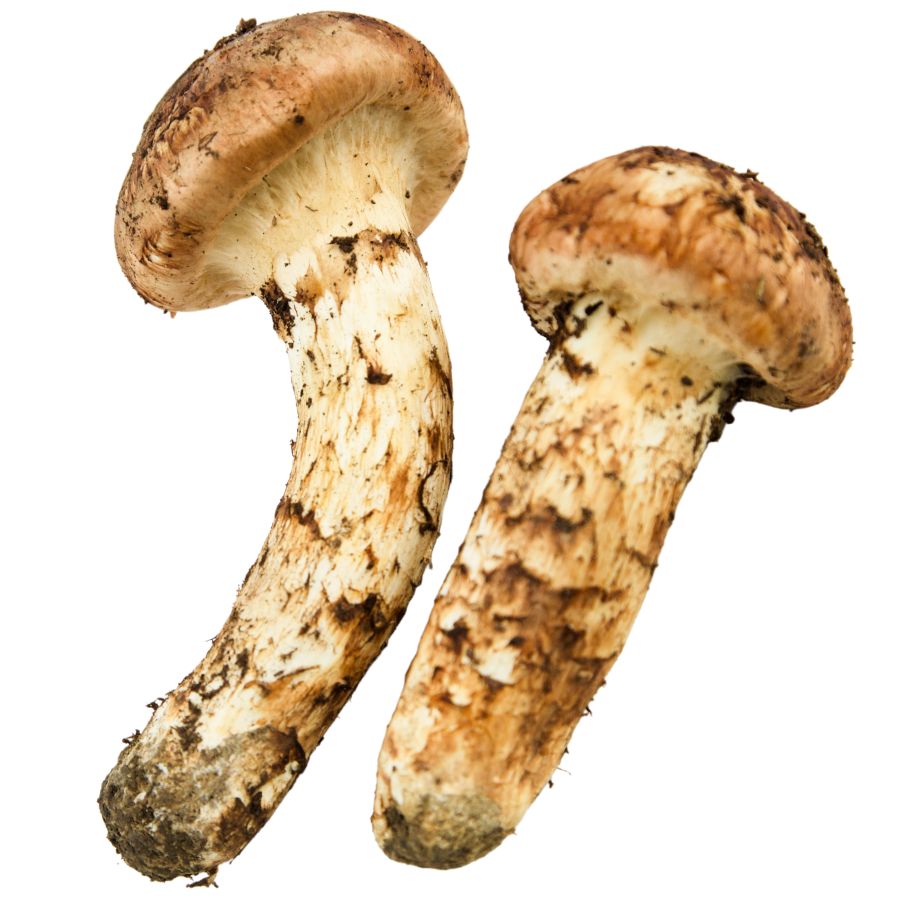
The sharp, spicy aroma rising from the forest floor is often a clue that you are near one of the world’s most sought-after mushrooms. Matsutake, also called the pine mushroom or king of mushrooms, has a thick white stem, a brownish cap, and a distinct scent that helps you tell it apart from toxic lookalikes like Tricholoma pardinum.
If you cook matsutake gently, you will notice it keeps a firm, chewy texture and a warm, cinnamon-like flavor that holds its own even in simple dishes. Both the cap and the stem are used, typically steamed, grilled, or added lightly to soups to showcase the mushroom’s strong taste.
Because it is difficult to cultivate and grows best in aging pine forests under thick layers of leaves, matsutake is rare enough to sell for hundreds of dollars per pound. Chefs prize it for seasonal menus, and the effort it takes to hunt and harvest only drives the price higher.
Matsutake can be dried and stored for months without losing its intense flavor, making it even more valuable to buyers and restaurants looking for high-end ingredients year-round. It takes some skill, patience, and luck to harvest good matsutake in dense pine forests.
California Bay Laurel (Umbellularia californica)
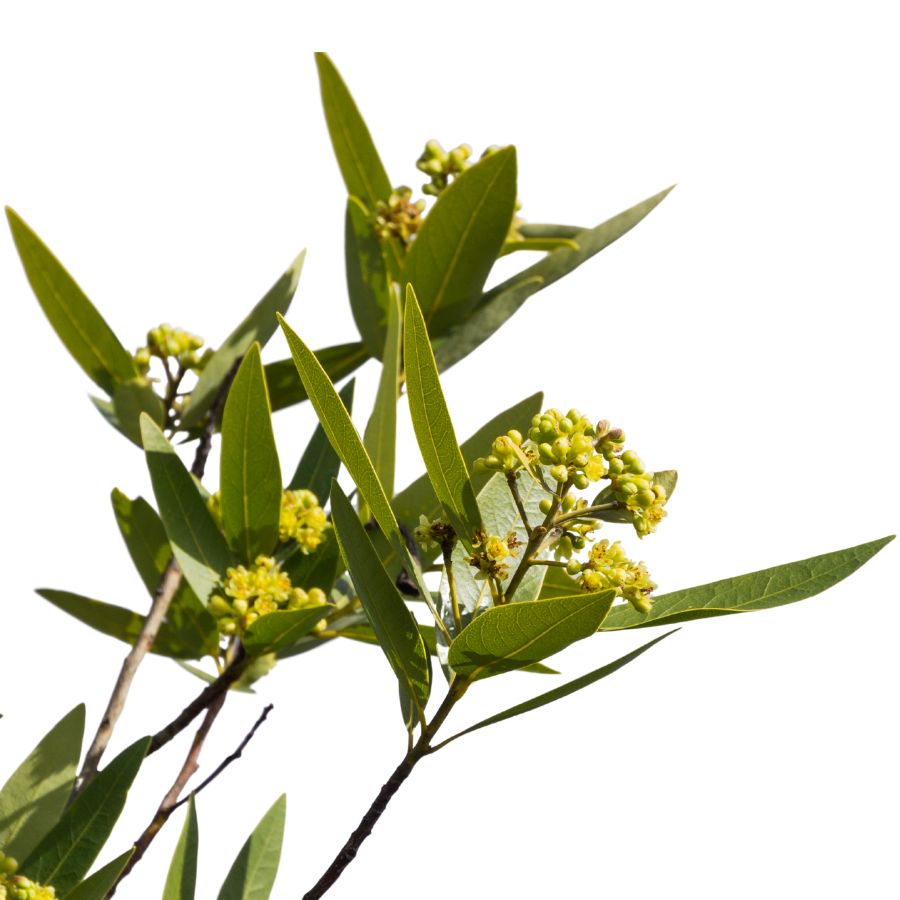
California bay laurel, also known as pepperwood, Oregon myrtle, and headache tree, grows as a large shrub or tall tree with long, lance-shaped leaves. The leaves have a strong, sharp aroma and can cause skin irritation if handled too much, unlike the smoother and milder leaves of lookalikes like young avocado trees.
When used in cooking, the leaves add a bold, spicy flavor that is much stronger than the more common Mediterranean bay leaf. Most people dry the leaves to soften their intensity before using them in soups, stews, and marinades.
The leaves are the main part people use, while the small green fruits are sometimes eaten after roasting but need careful preparation to avoid a bitter taste. The raw fruits and seeds should not be consumed without cooking because they can cause stomach upset.
Fresh California bay leaves are highly sought after by chefs looking for distinctive flavors. Because the leaves can be dried and stored for a long time without losing much potency, they are worth more than many fresh-only herbs and often command premium prices at specialty markets.
Miner’s Lettuce (Claytonia perfoliata)
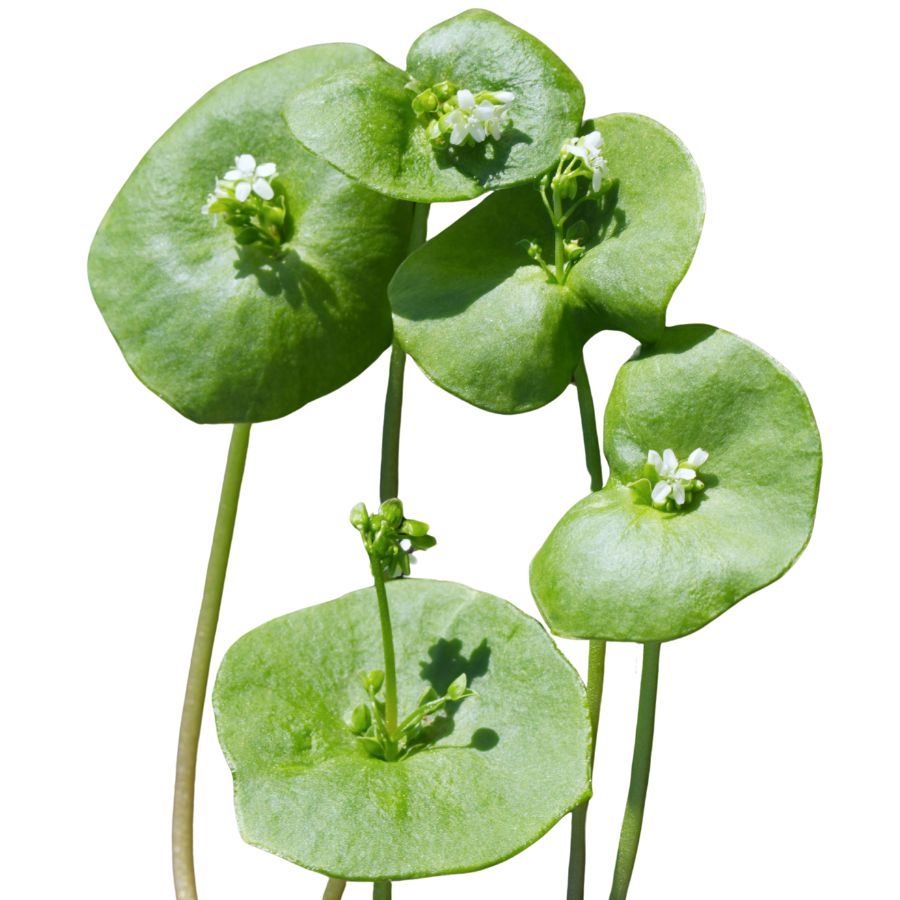
Fresh, tender leaves that form a neat circle around the stem are one of the signature features of miner’s lettuce, also known as winter purslane and Indian lettuce. Unlike bittercress or other common weeds, it has a smooth surface without jagged edges, making it easy to distinguish once you know what to look for.
Miner’s lettuce became famous during the California Gold Rush, when miners relied on it to fend off scurvy thanks to its natural supply of vitamin C.
Both the leaves and stems are fair game for your plate, often showing up raw in salads or given a quick toss in a pan. The flavor is light and clean, with a texture that stays crisp unless heavily cooked.
Its short shelf life after picking keeps it from reaching the price points of longer-lasting wild foods, but a steady demand from restaurants helps keep its value respectable. High-end kitchens often seek it out for its mild flavor and its fresh, delicate appearance on a finished dish.
If you decide to gather it yourself, be careful to avoid areas near roadsides or farms where chemicals might linger.
Elderberry (Sambucus nigra subsp. caerulea)
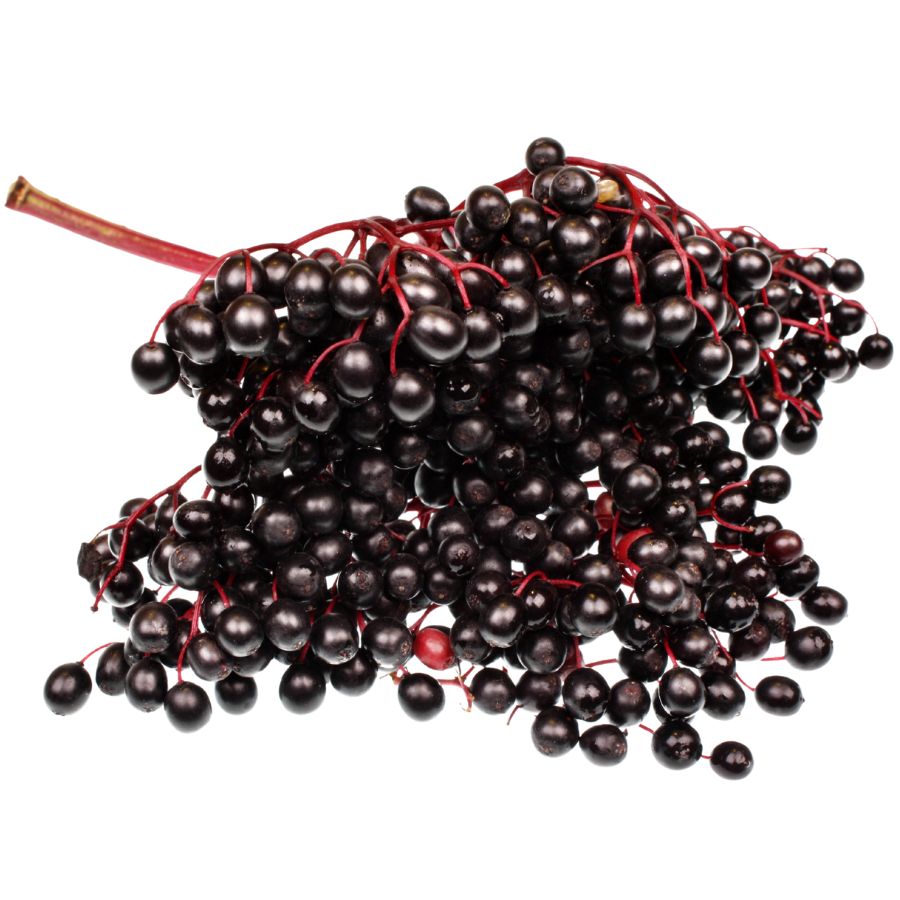
For centuries, elderberries has been gathered not just for food, but for making home remedies prized across the Southwest. Also called Mexican elder and tapiro, elderberry grows as a sprawling bush or small tree with clusters of tiny white flowers that turn into dusty blue-black berries.
There are toxic lookalikes you need to watch for, especially red elderberry, which has round clusters of bright red fruit. Elderberries grow in flatter, broader clusters and have a softer, more powdery appearance when ripe.
The berries have a deep, earthy flavor with a tart edge, and are usually cooked into jams, syrups, and baked goods to bring out their richness.
Make sure to avoid eating the raw berries, seeds, bark, or leaves because they can cause nausea unless they are properly cooked.
This plant stays valuable because the berries are used heavily in teas, tinctures, and syrups that people rely on for wellness, driving steady demand. Elderberries can also be dried and stored for months, making it even more profitable compared to foods that spoil quickly.
If your kids constantly ask “What’s this rock?”, this guide finally gives you an answer you don’t have to Google later. Quick photos, simple descriptions, and rugged pages make ID’ing rocks fun instead of frustrating.
🔍 Fast visual matching—no geology background needed
💦 Wipe-clean pages made for creeks, beaches & dirt
📚 Simple explanations for beginners of all ages
🌄 Great for California hikes, creek beds & camping trips
Coastal Redwood Sorrel (Oxalis oregana)
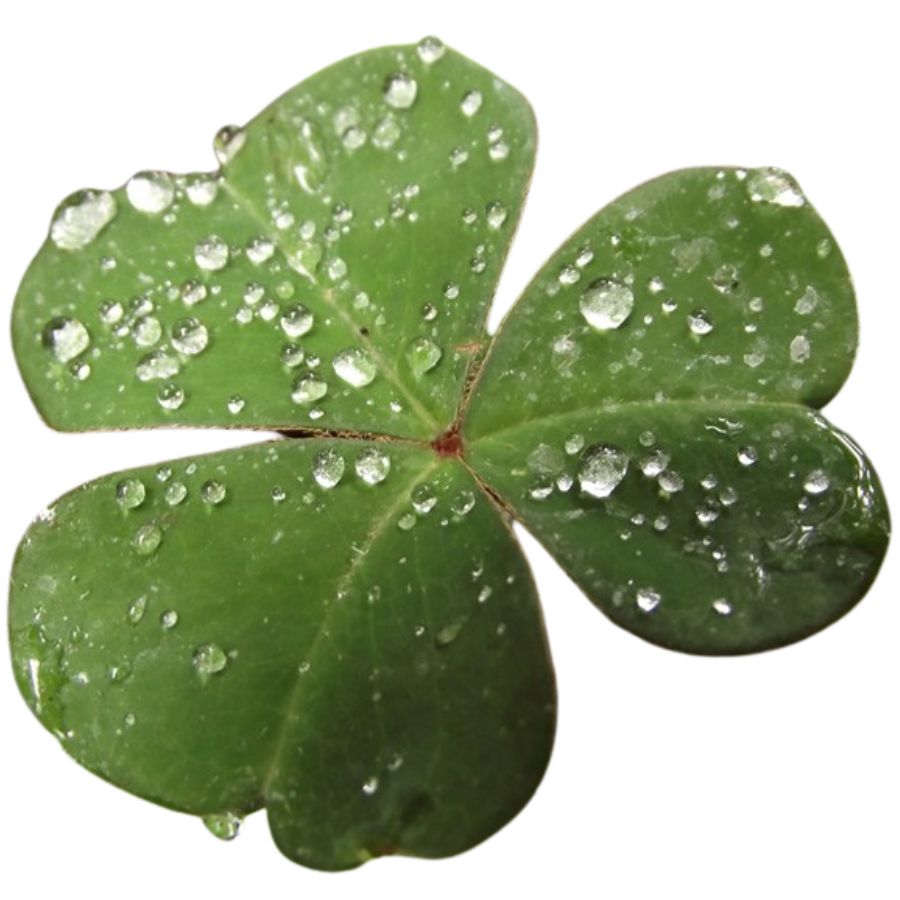
Coastal redwood sorrel, also called wood sorrel or redwood oxalis, grows in low, lush mats beneath towering redwoods. Its clover-like leaves fold down when touched and are paired with small, delicate pink or white flowers that have purple veins running through them.
You can chew the leaves raw to enjoy their crisp, tart flavor, similar to a burst of lemon. People often toss them into salads or use them as a tangy garnish because the tender leaves add a refreshing bite.
The leaves are the part you want to gather, but you should avoid confusing them with lookalikes like clover or other wild oxalis species, some of which have stronger or more bitter flavors. You should also watch out for the oxalic acid content, which means you should only eat small amounts at a time to avoid stomach upset.
Because redwood sorrel thrives in cool, shaded areas that can be tricky to reach and doesn’t store well once picked, it carries extra value when foraged fresh. High-end restaurants sometimes seek it out for its bright flavor and attractive appearance.
Porcini (Boletus edulis)
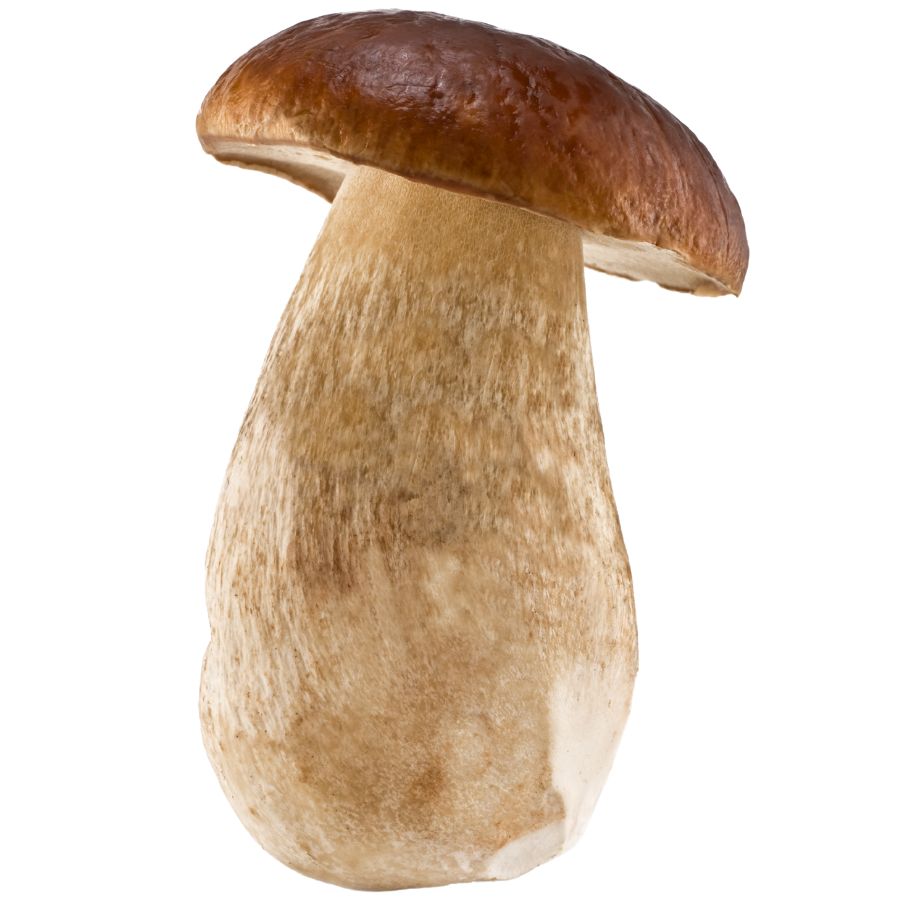
Porcini mushrooms, also called king boletes and penny buns, have thick, creamy-colored stalks and broad brown caps that feel slightly sticky when damp. The spongy layer under the cap is made of tiny pores instead of gills, which helps set them apart from inedible lookalikes like the bitter bolete.
The flavor is rich, nutty, and meaty, making porcini a favorite for sautés, risottos, soups, and pasta dishes. Their firm texture holds up well when dried, and dried porcini are often ground into powders or rehydrated to add deep flavor to broths and sauces.
You can safely eat the cap and the upper part of the stalk, but it is a good idea to trim off any woody or tough lower portions before cooking. A quick check for tiny holes or tunneling is important too, because insects are drawn to porcini and can burrow inside without leaving much visible damage.
Wild porcini are highly valued because they are difficult to cultivate commercially, and foragers often find them in remote forest areas, which adds to their scarcity. High-quality dried porcini can sell for $30 to $60 per pound, with fresh specimens commanding even higher prices when they appear on fine dining menus.
Wild Ginger (Asarum caudatum)
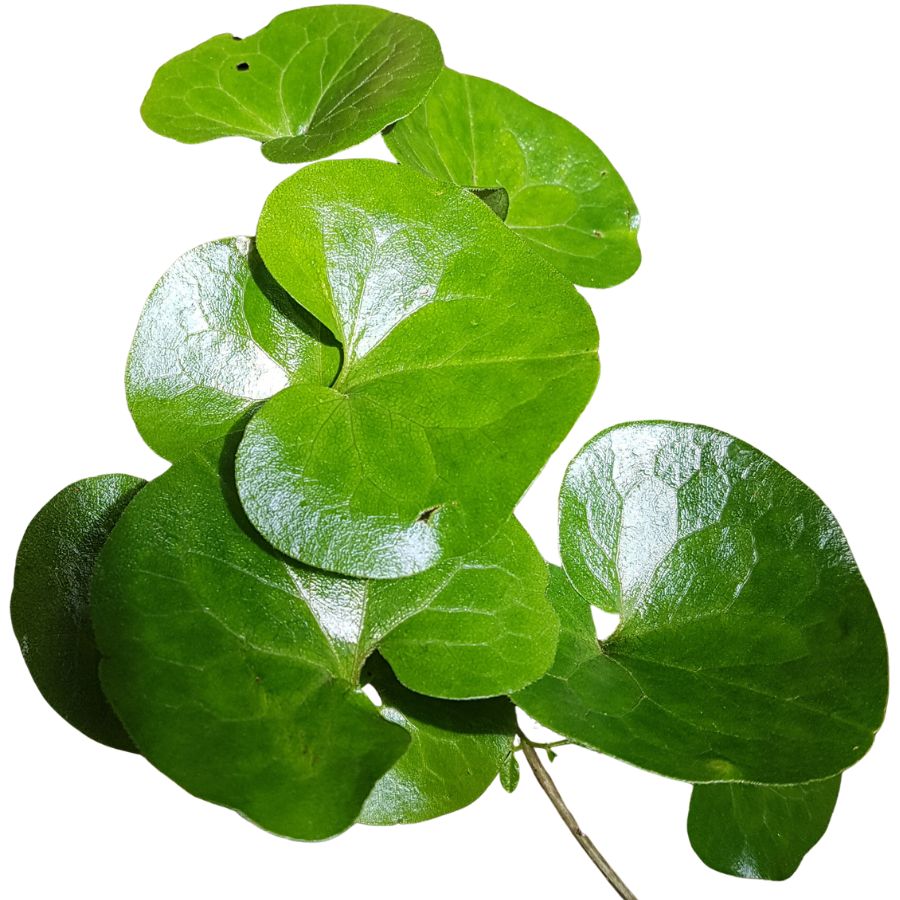
Out in the woods, wild ginger grows low to the ground with soft, heart-shaped leaves that spread into small patches. If you pull the leaves back, you can spot its dark red flowers hiding underneath, shaped almost like little bells pressed against the soil.
You can use the roots, which give off a strong, spicy smell that reminds you of ginger with a deeper, woodsy twist. People usually slice them up to make tea, candy them, or infuse them into syrups, but you do not want to eat big amounts because of natural compounds that can build up in your system.
There are a few plants that try to pass themselves off as wild ginger, but crushing a leaf or root will tell you fast. The real thing smells sharp and spicy, while dangerous lookalikes stay mostly odorless or even a little sour.
You will not find cleaned, ready-to-use wild ginger roots very often because digging them up and getting them prepped takes a lot of effort. Even though the plant is pretty common in the wild, all the work it takes to harvest and clean it makes good-quality roots harder to come by.
Manzanita (Arctostaphylos spp.)
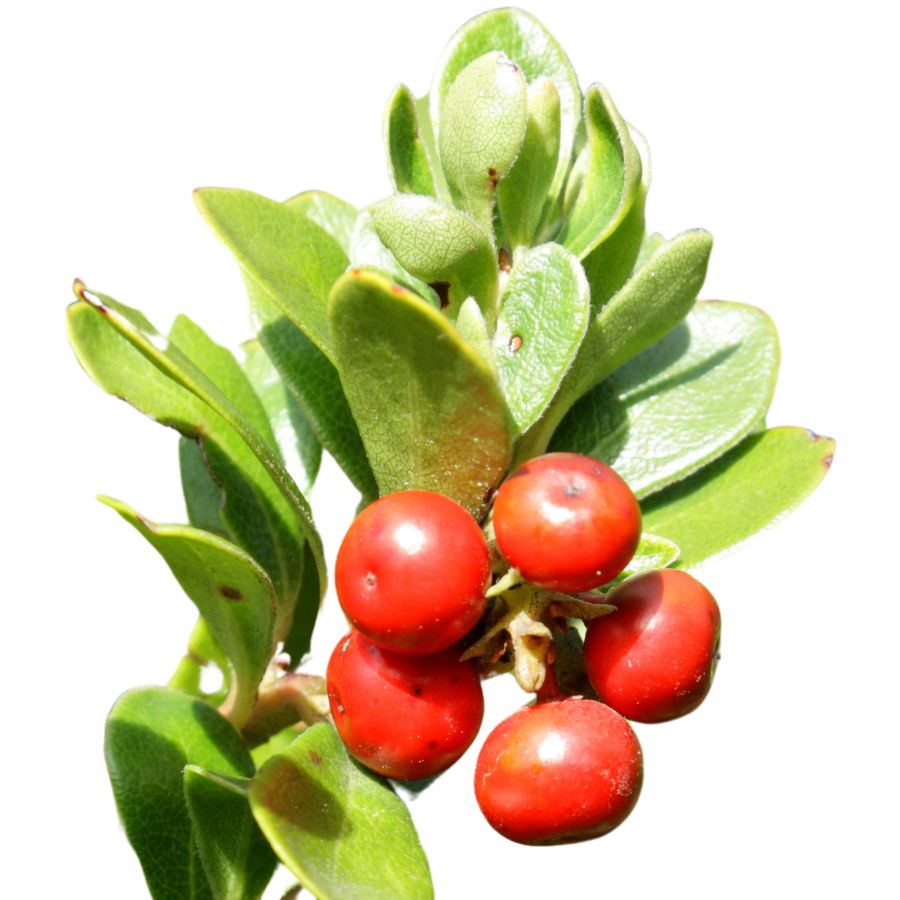
If you ever come across a shrub with smooth reddish bark, stiff branches, and small oval leaves, you might be looking at manzanita, often called bearberry or wild cranberry. The fruits are small, round, and ripen into a reddish or orange color, and they stand out against the glossy green leaves.
Manzanita berries are slightly sweet with a dry, mealy texture, making them better for grinding into meal or steeping into cider than eating raw. Most people use the ripe berries to make refreshing drinks or grind them into a tart flour for baking.
Only the berries and leaves are edible, while the bark and seeds are too tough or unpleasant to digest. You should be cautious with the seeds since they can be too hard and may cause digestive issues if swallowed whole.
Because manzanita grows slowly and thrives mainly in rugged, dry environments, it is not widely cultivated and has higher value in specialty markets. Products made from manzanita berries or leaf infusions can sell for a good price, especially among buyers looking for wild-harvested ingredients.
Wild Blackberry (Rubus ursinus)
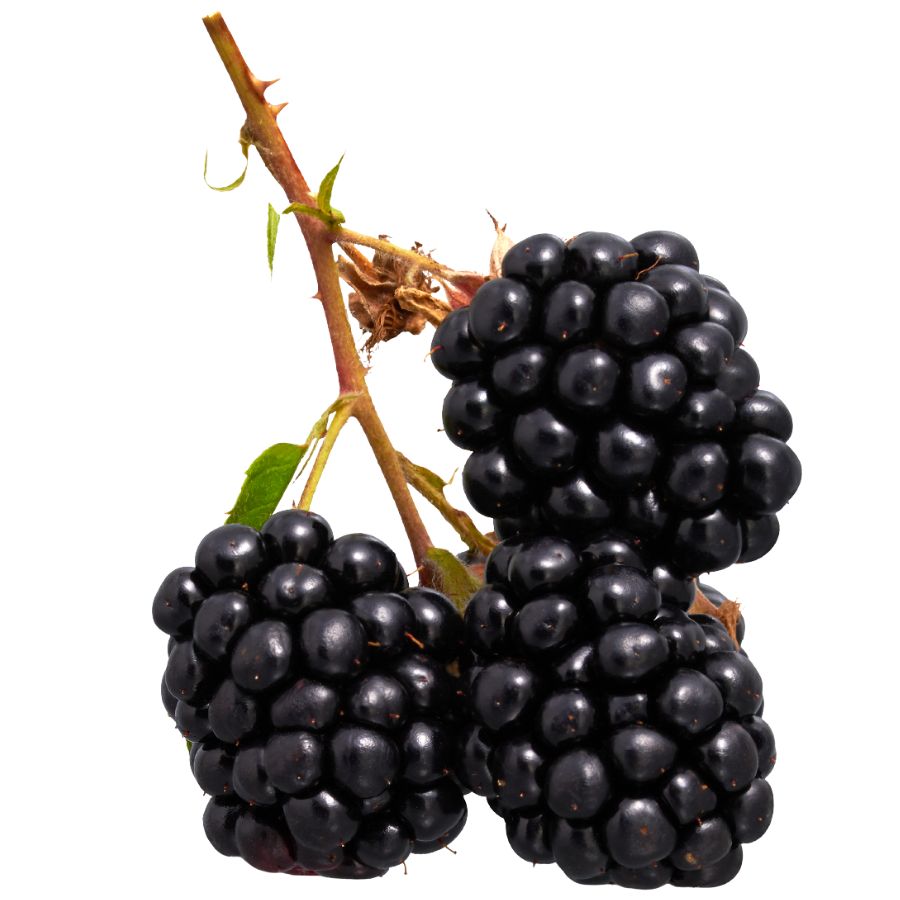
Thorny vines with slender, arching canes are a giveaway when you come across wild blackberry, often nicknamed Pacific blackberry or California blackberry. The berries are deep purple-black when ripe, small compared to cultivated varieties, and cluster loosely along the stems.
Lookalikes like dewberries and thimbleberries can throw you off, but dewberries ripen closer to the ground and thimbleberries have flatter, softer fruit that breaks apart easily. True wild blackberry fruits are firmer, glossier, and packed with tiny seeds that crunch slightly when you eat them.
You can eat the fruit straight off the cane or cook it into pies, syrups, or jams where its sweet-tart flavor really stands out. Its texture is juicy but slightly gritty from the seeds, and most people strain the cooked pulp when making preserves to get a smoother finish.
The berries are the part you want, but the leaves also have a history of being brewed into teas. Because fresh-picked wild blackberries can fetch a good price at farmers’ markets, sometimes reaching $10 to $15 per pound depending on the area, gathering them can be both a treat and a side hustle if you find a heavy patch.
Pacific Golden Chanterelle (Cantharellus formosus)
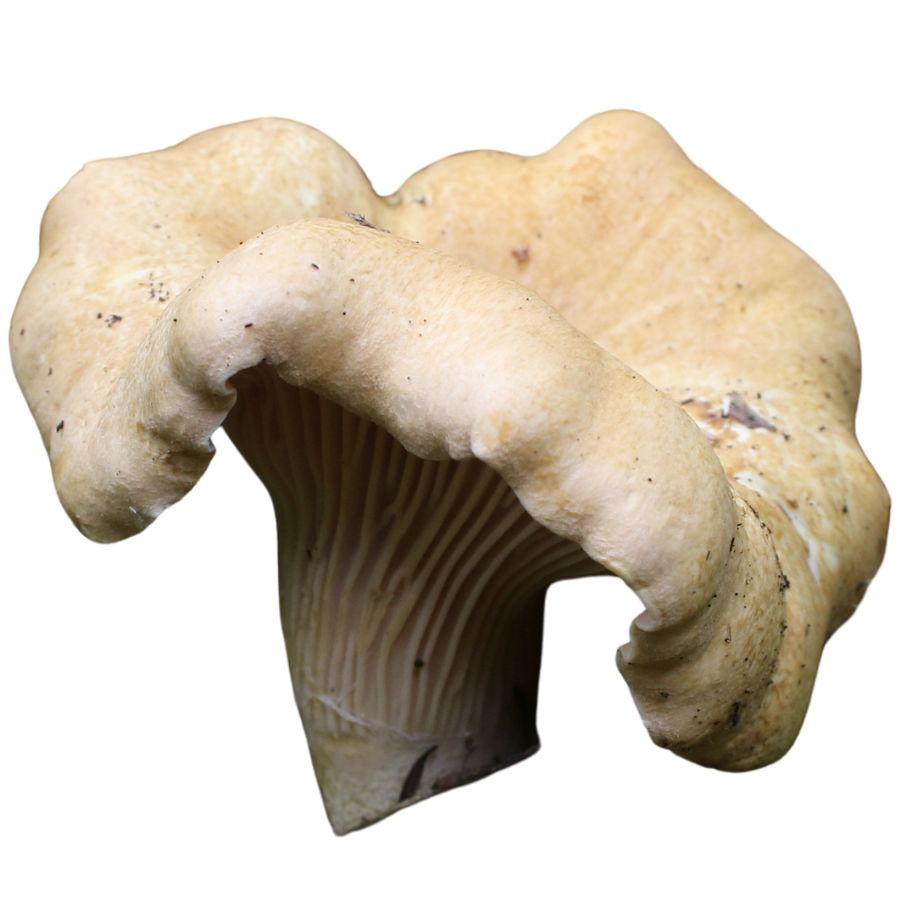
The Pacific golden chanterelle is a bright golden yellow mushroom with a deep golden cap and thick, wavy edges. Its false gills appear more like ridges than true gills, which is a key feature that sets it apart from toxic lookalikes like the jack-o’-lantern mushroom.
Pacific golden chanterelles often sell for $20 to $30 per pound at farmers’ markets and specialty stores because they grow in limited areas and take time to gather from forest floors. Their value comes from a mix of strong culinary demand, careful harvesting, and the ability to keep their quality when dried or frozen.
You can cook Pacific golden chanterelles by sautéing, roasting, or adding them to creamy sauces, where their firm texture holds up beautifully. Their flavor is rich, slightly fruity, and sometimes peppery, making them a favorite in hearty dishes and gourmet meals.
It’s important to clean harvested mushrooms carefully to remove forest debris tucked into the ridges. Although they’re typically cooked, many people dry or pickle them to preserve their flavor for later use.
Toyon (Heteromeles arbutifolia)

Along rocky hillsides and coastal slopes, you will find toyon, a native plant also referred to as Christmas berry or California holly. Its stiff, sharply edged leaves and brilliant red berry clusters are your best clues to separate it from plants like firethorn, which has glossier leaves and visible thorns.
Toyon berries usually need to be cooked first in some way, since raw ones have compounds that can irritate your stomach. Once cooked, the berries develop a mellow flavor and a soft, almost mealy texture, making them a good choice for sauces, jellies, and even wines.
These berries are versatile and can be used for making preserved goods that can last for months on a shelf. Selling products like toyon jam or syrup brings in a better return than trying to market the raw berries on their own.
Misidentifying toyon berries could land you with a batch of pyracantha berries, which have different chemical compounds and can cause mild toxicity if eaten in large amounts. Look carefully at the leaves and branch structure when you collect any berries.
Canyon Live Oak (Quercus chrysolepis)

Deep in rocky foothills, canyon live oak grows strong with thick leaves and heavy acorn crops. These acorns are edible after you remove the bitter tannins through repeated soaking or running water.
Canyon live oak can be recognized by the way its acorns sit in cups lined with golden scales, while other oaks often have rougher, duller coverings. You should always confirm identification carefully, because improperly prepared acorns from other oaks can still taste harsh even after leaching.
The flavor of processed canyon live oak acorns is earthy and mild, and many people use them ground into flour for hearty baked goods. In specialty markets, properly cleaned and dried acorns or their flour can command higher prices because of the effort required to prepare them.
Processing canyon live oak acorns takes real work, which is part of what makes them a respected wild food. You need to gather, dry, crack, grind, and leach the nuts before they are safe and tasty enough to use.
California Hazelnut (Corylus cornuta var. californica)
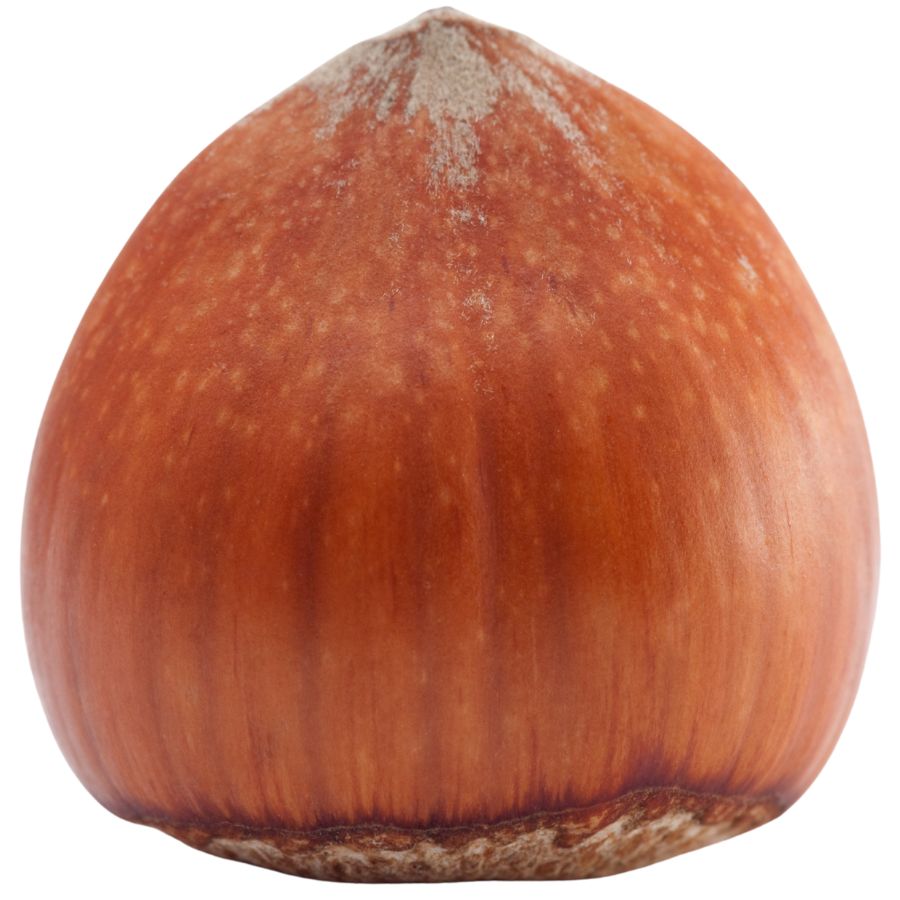
With its rounded leaves and hairy, leafy husk, California hazelnut produces a nut that looks a little rough around the edges until you clean it up. One way to tell it apart from less useful lookalikes is by checking for the thick, frilly bracts that cover the nut almost completely.
The nut itself has a rich, buttery taste and a firm texture that works well for roasting, baking, or grinding into flour. You can crack the shell after it dries to get to the smooth, sweet meat inside.
While the nuts are delicious and safe to eat, the surrounding husk and shell are not something you want to eat. Picking too early can leave you with undeveloped nuts that are bitter and unpleasant.
Harvesting and processing take time and effort, so wild California hazelnuts are considered a high-value wild harvest. Clean, dried nuts can sell for $15 to $20 dollars a pound at local markets.
Fiddlehead Ferns (Pteridium aquilinum var. pubescens)

If you come across young fiddlehead ferns, you will notice their tightly wound coils and a slightly fuzzy green coating. Some bracken ferns look similar but can be unsafe to eat, so it is important to choose fiddleheads that have a clean, earthy smell without any sharp or unpleasant odor.
Only the curled tips are eaten, and they should be thoroughly cooked to make them safe. Once boiled or steamed, they turn tender and taste somewhere between spinach and a mild nut.
Sautéing them with a little butter or olive oil is a common way to enjoy fiddleheads, but they can also be blanched and frozen for later use. Because they are delicate to harvest and must be handled carefully, they often fetch high prices in specialty markets and fine restaurants.
Make sure you cook fiddleheads fully before eating because raw ones can cause food poisoning symptoms. Their short availability and the work needed to clean and prepare them help drive up their value.
Pinyon Pine (Pinus monophylla)
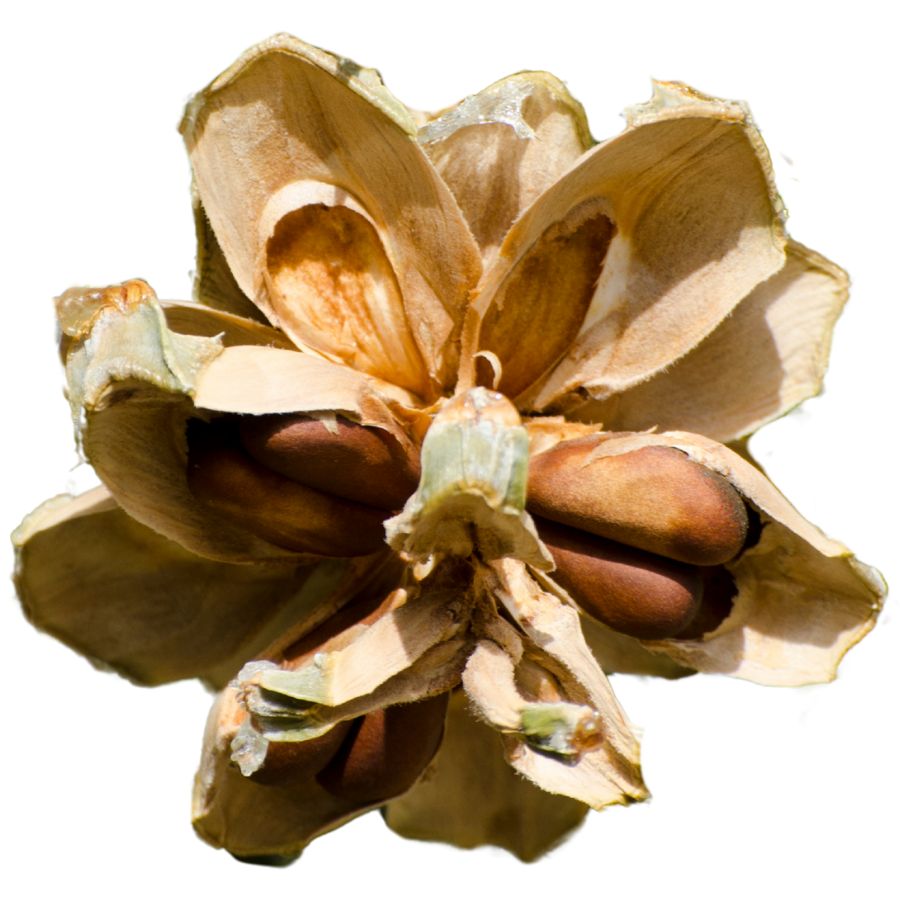
Small and bushy, pinyon pine trees carry short, stiff needles and rounded cones full of tightly packed seeds. Other wild pines may look similar at first glance, but their needles usually come in pairs or clusters instead of singles.
The seeds, often called pinyon nuts, have a sweet, buttery flavor that makes them popular for snacking, baking, and making sauces. You can eat them raw, but lightly roasting them deepens the flavor and makes shelling easier.
Gathering pinyon nuts is labor-intensive because the cones are sticky and the seeds are hidden deep inside. That hard work adds to their value, with prices ranging anywhere from $20 to over $40 per pound depending on supply.
Pinyon nuts can also last a long time when properly dried and stored, keeping their flavor and texture for months. This makes them easier to sell and use compared to more perishable wild foods.
Serviceberry (Amelanchier alnifolia)
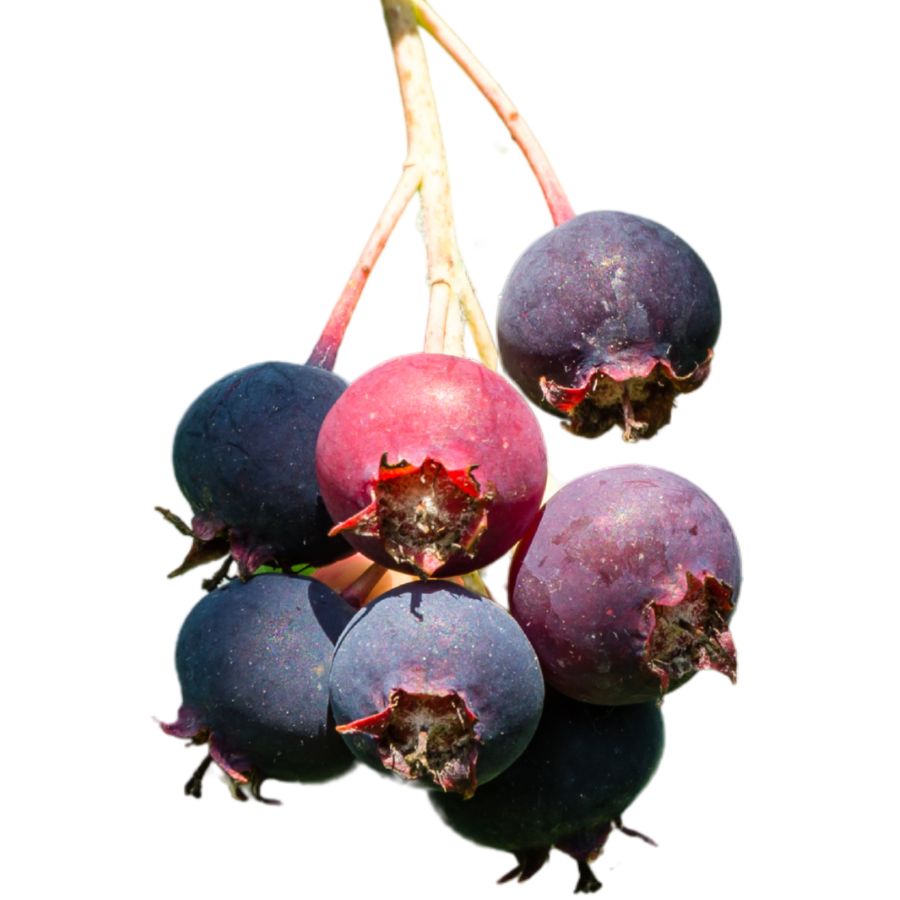
You can spot serviceberry shrubs by their smooth gray bark, clusters of white flowers, and dark blue to purple berries. To avoid confusing them with less safe berries like chokecherries, look for the five-pointed crown at the end of each ripe serviceberry.
These berries taste sweet and slightly nutty, almost like a richer version of a blueberry. Most people dry them, bake them into pastries, or cook them down into rich preserves.
The edible part is the ripe berry, while eating too many seeds raw could cause mild stomach issues because of their natural compounds. When dried or frozen, the berries keep their flavor and quality, making them more valuable for long-term storage and resale.
Serviceberries are a favorite among foragers and chefs because they are packed with flavor and work well in a wide range of recipes. Many buyers are willing to pay well for clean, well-prepared berries that hold up beautifully in baking and cooking.
Currant (Ribes spp.)
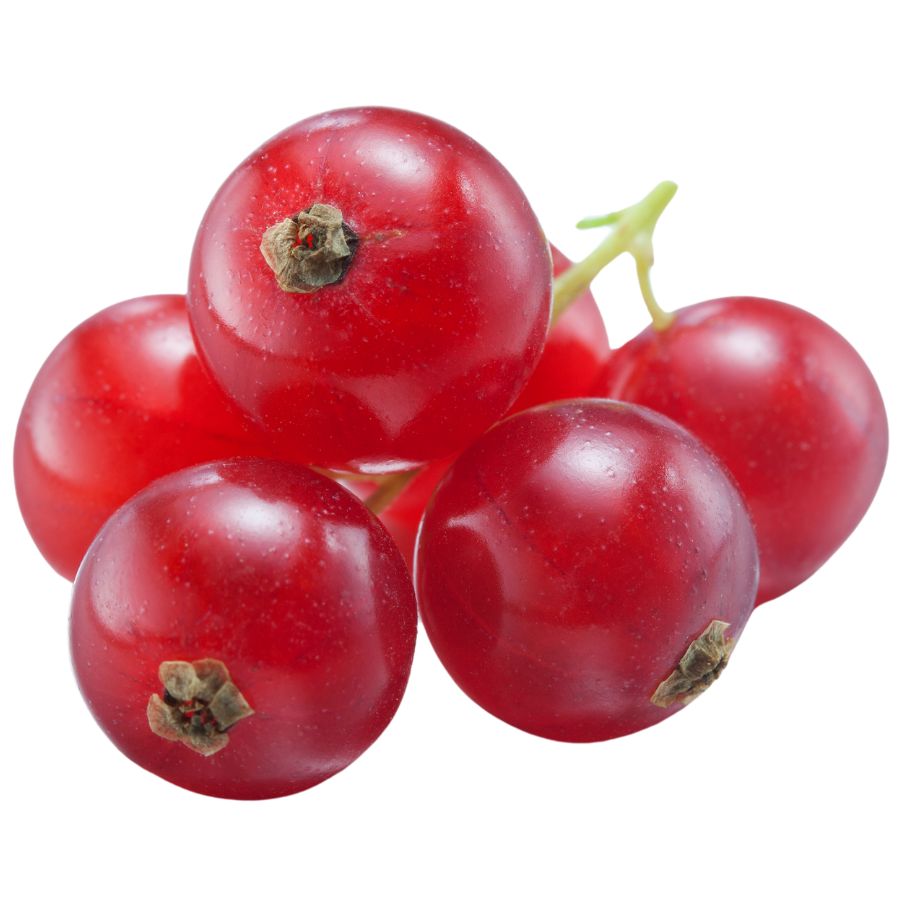
Currant plants produce small clusters of berries that can be red, black, or golden, depending on the type. The fruits are round, smooth-skinned, and grow on woody shrubs with lobed green leaves.
You can eat the berries raw, but they are often turned into jams, syrups, and baked goods because of their tart flavor and juicy texture. The seeds inside are small and edible, giving the fruit a pleasant crunch.
Watch out for lookalikes like some honeysuckle berries, which are toxic and usually grow in pairs rather than clusters. Currant bushes also have distinct veined leaves that help set them apart from other plants.
Fresh currants sell for a few dollars per pint, but preserved currants and syrups can fetch higher prices. The berries’ mix of tartness and bright color makes them especially popular in high-end desserts.
Wild Rose (Rosa californica)
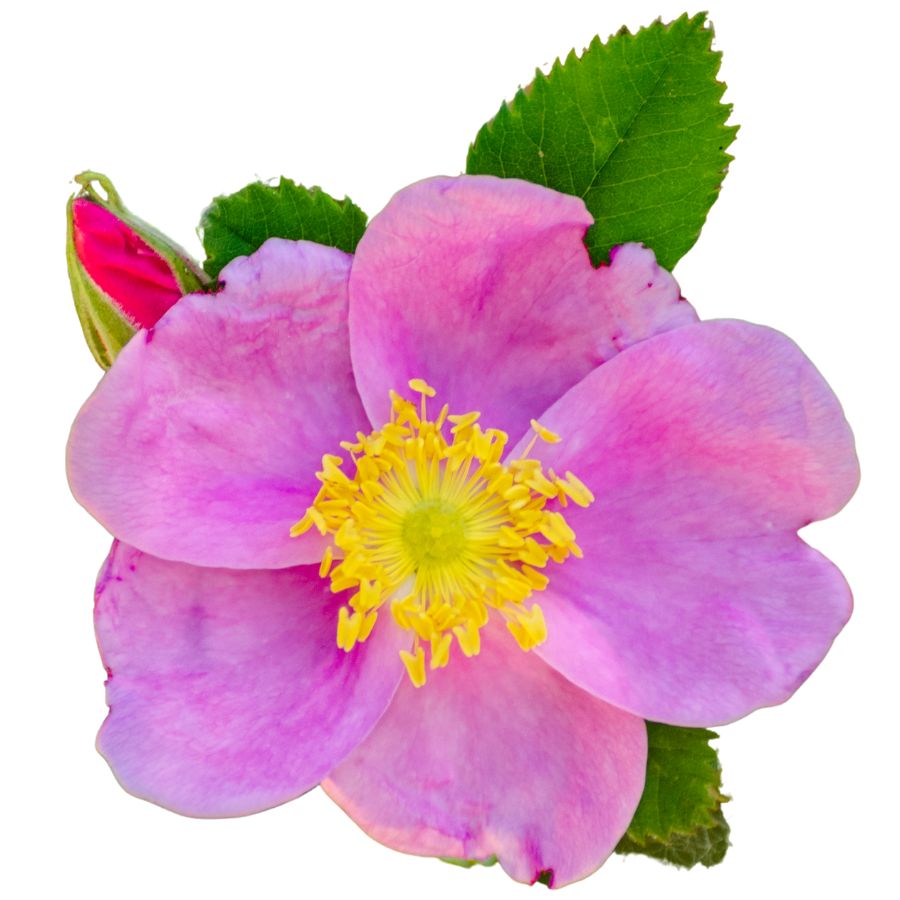
The flowers of wild rose are soft pink with five petals and a cluster of yellow stamens at the center, growing on thorny shrubs with oval-shaped leaves. Some unsafe lookalikes, like multiflora rose, can be confusing at first, but true wild rose hips are usually larger and rounder.
You can eat the petals and the fruit, which are the small, red rose hips that form after the flowers. The hips have a tart flavor with a gritty texture from the seeds inside, and they are often simmered into jams or dried for teas.
Be careful to remove the tiny hairs inside the hips, because they can irritate your mouth and throat if you eat them. Only the petals and the cleaned hips are safe to eat; avoid the leaves, stems, and seeds.
Wild rose hips are valued because they are rich in vitamin C and can be stored for months when dried, making them useful and marketable. Fresh or dried, they can sell at a premium in herbal markets, especially when harvested cleanly and without damage.
Where to Find Valuable Forageables in the State
Some parts of the state are better than others when it comes to finding valuable wild plants and mushrooms. Here are the different places where you’re most likely to have luck:
| Plants | Locations |
| Morel Mushroom (Morchella spp.) | Eldorado National Forest, Shasta-Trinity National Forest, Lassen National Forest |
| Black Trumpet (Craterellus cornucopioides) | Mendocino National Forest, Jackson Demonstration State Forest, Humboldt Redwoods State Park |
| Matsutake (Tricholoma matsutake) | Klamath National Forest, Shasta-Trinity National Forest, Six Rivers National Forest |
| California Bay Laurel (Umbellularia californica) | Big Basin Redwoods State Park, Henry Cowell Redwoods State Park, Los Padres National Forest |
| Miner’s Lettuce (Claytonia perfoliata) | Sierra National Forest, Point Reyes National Seashore, Angeles National Forest |
| Elderberry (Sambucus nigra subsp. caerulea) | Sequoia National Forest, San Bernardino National Forest, Cleveland National Forest |
| Coastal Redwood Sorrel (Oxalis oregana) | Humboldt Redwoods State Park, Prairie Creek Redwoods State Park, Jedediah Smith Redwoods State Park |
| Porcini (Boletus edulis) | Mendocino National Forest, Tahoe National Forest, Stanislaus National Forest |
| Wild Ginger (Asarum caudatum) | Redwood National and State Parks, Six Rivers National Forest, Smith River National Recreation Area |
| Manzanita (Arctostaphylos spp.) | Angeles National Forest, Cleveland National Forest, Los Padres National Forest |
| Wild Blackberry (Rubus ursinus) | Plumas National Forest, Sierra National Forest, Humboldt Redwoods State Park |
| Pacific Golden Chanterelle (Cantharellus formosus) | Jackson Demonstration State Forest, Prairie Creek Redwoods State Park, Mendocino National Forest |
| Toyon (Heteromeles arbutifolia) | Angeles National Forest, Topanga State Park, Cleveland National Forest |
| Canyon Live Oak (Quercus chrysolepis) | Los Padres National Forest, San Bernardino National Forest, Sierra National Forest |
| California Hazelnut (Corylus cornuta var. californica) | Redwood National and State Parks, Klamath National Forest, Mendocino National Forest |
| Fiddlehead Ferns (Pteridium aquilinum var. pubescens) | Sierra National Forest, Tahoe National Forest, Humboldt Redwoods State Park |
| Pinyon Pine (Pinus monophylla) | Inyo National Forest, Toiyabe National Forest (California portion), Anza-Borrego Desert State Park |
| Serviceberry (Amelanchier alnifolia) | Lassen National Forest, Modoc National Forest, Plumas National Forest |
| Currant (Ribes spp.) | Tahoe National Forest, Angeles National Forest, Stanislaus National Forest |
| Wild Rose (Rosa californica) | Point Reyes National Seashore, Mendocino National Forest, Los Padres National Forest |
When to Forage for Maximum Value
Every valuable wild plant or mushroom has its season. Here’s a look at the best times for harvest:
| Plants | Valuable Parts | Best Harvest Season |
| Morel Mushroom (Morchella spp.) | Fruiting Bodies | March to May |
| Black Trumpet (Craterellus cornucopioides) | Fruiting Bodies | November to March |
| Matsutake (Tricholoma matsutake) | Fruiting Bodies | September to December |
| California Bay Laurel (Umbellularia californica) | Leaves, Nuts | September to December (nuts), Year-round (leaves) |
| Miner’s Lettuce (Claytonia perfoliata) | Leaves, Stems | February to May |
| Elderberry (Sambucus nigra subsp. caerulea) | Berries, Flowers | June to August (flowers), July to September (berries) |
| Coastal Redwood Sorrel (Oxalis oregana) | Leaves | March to June |
| Porcini (Boletus edulis) | Fruiting Bodies | September to December |
| Wild Ginger (Asarum caudatum) | Roots | May to August |
| Manzanita (Arctostaphylos spp.) | Berries | July to September |
| Wild Blackberry (Rubus ursinus) | Berries | June to August |
| Pacific Golden Chanterelle (Cantharellus formosus) | Fruiting Bodies | October to February |
| Toyon (Heteromeles arbutifolia) | Berries | November to January |
| Canyon Live Oak (Quercus chrysolepis) | Acorns | September to November |
| California Hazelnut (Corylus cornuta var. californica) | Nuts | August to October |
| Fiddlehead Ferns (Pteridium aquilinum var. pubescens) | Young Shoots (fiddleheads) | March to May |
| Pinyon Pine (Pinus monophylla) | Pine Nuts | September to October |
| Serviceberry (Amelanchier alnifolia) | Berries | June to July |
| Currant (Ribes spp.) | Berries | June to August |
| Wild Rose (Rosa californica) | Rose Hips, Petals | July to October (hips), May to July (petals) |
One Final Disclaimer
The information provided in this article is for general informational and educational purposes only. Foraging for wild plants and mushrooms involves inherent risks. Some wild plants and mushrooms are toxic and can be easily mistaken for edible varieties.
Before ingesting anything, it should be identified with 100% certainty as edible by someone qualified and experienced in mushroom and plant identification, such as a professional mycologist or an expert forager. Misidentification can lead to serious illness or death.
All mushrooms and plants have the potential to cause severe adverse reactions in certain individuals, even death. If you are consuming foraged items, it is crucial to cook them thoroughly and properly and only eat a small portion to test for personal tolerance. Some people may have allergies or sensitivities to specific mushrooms and plants, even if they are considered safe for others.
Foraged items should always be fully cooked with proper instructions to ensure they are safe to eat. Many wild mushrooms and plants contain toxins and compounds that can be harmful if ingested.

